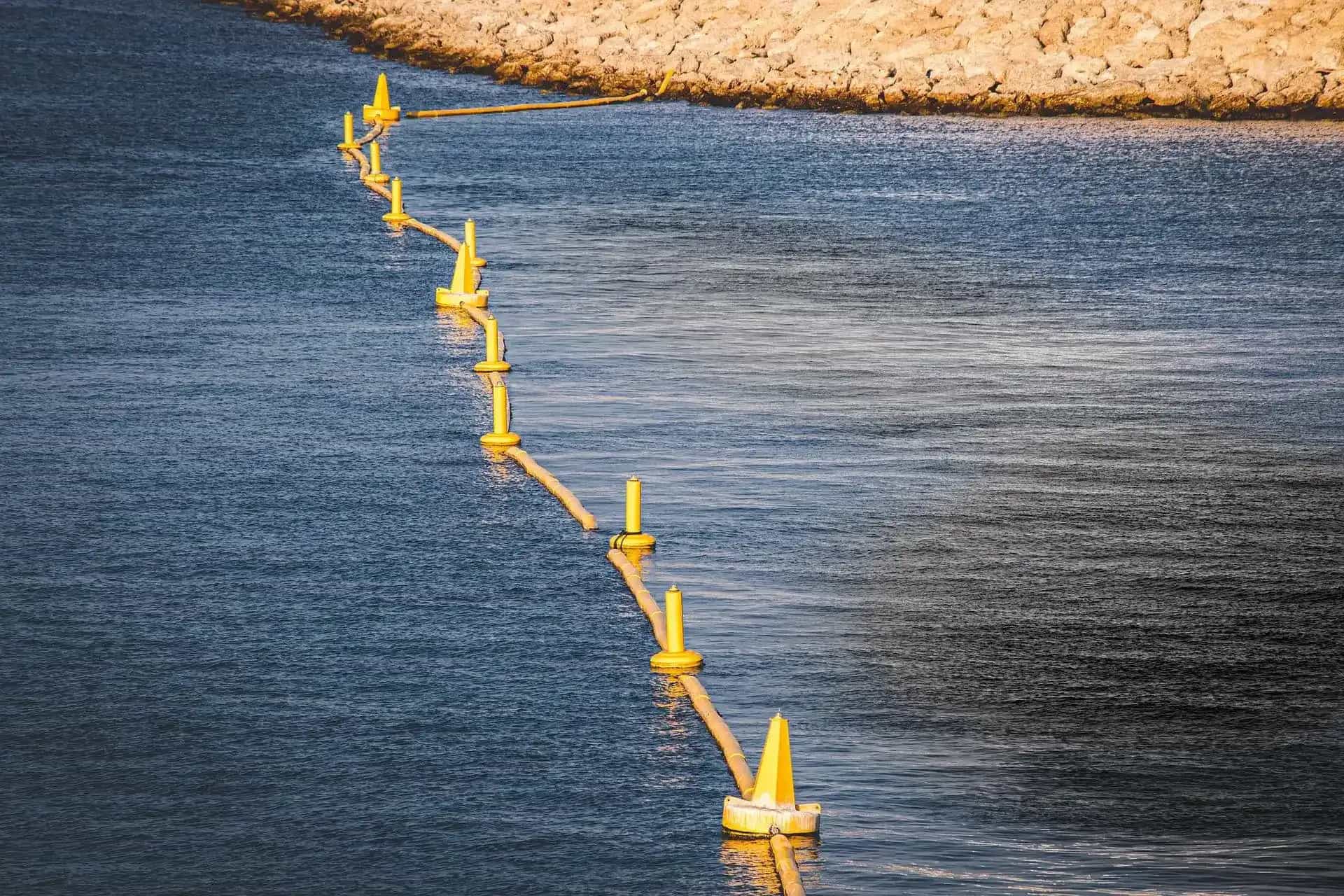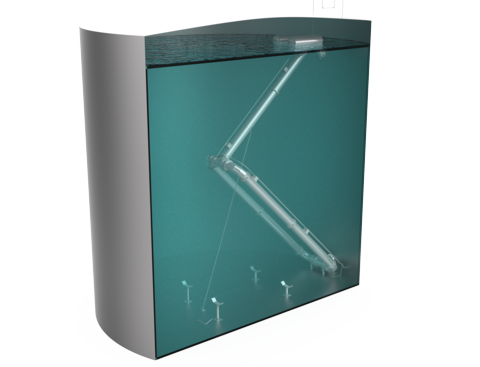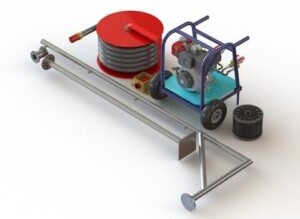Understanding Why Oil Spills Occur And How to Combat It

Oil spill occurs when oil leaks into the environment posing a threat to the ecosystem. Oil spills may occur as a natural process or are caused by human activities. Here, it is important to note that the damage caused by the oil spill is permanent and takes a long time to clean up. It is one of the most toxic forms of pollution.
How Do Oil Spills Occur?
Crude oil is formed over long periods of time through natural processes involving organic matter from dead organisms. A natural oil spill occurs when oil seeps from the bottom of the ocean into the environment. Natural oil spill may occur due to eroding of sedimentary rocks from the bottom of the ocean.
Human activities are a major reason for oil spills into rivers, bays, and the ocean. The oil spill is most often caused by accidents involving tankers, barges, pipelines, refineries, drilling rigs, and storage facilities. It is observed that spills can be caused by people making mistakes or being careless. Equipment breaking down, natural disasters such as hurricanes or deliberate acts by terrorists, countries at war, or illegal dumpers are the cause of oil spills.
Effects Of Oil Spill
In an oil spill, oil usually spreads out rapidly across the water surface to form a thin layer that we call an oil slick. As the oil continues spreading, the layer becomes thinner and thinner, finally becoming a very thin layer called a sheen, which often looks like a rainbow.
The effects of oil spill can be broadly categories into:
Ecosystem
The oil layer over the surface of the water obstructs sunlight which affects the plants underwater. If not treated the obstruction of sunlight may become a cause of plant death.
Oil spills affect the coastlines. The birds and sea mammals get covered by the oil when they come in contact with oil contaminated water. Marine animals find it difficult to absorb oxygen through water in oil spill affected areas. The oil present in water enters their gills suffocating them to death. In case of birds’ oil enters their fur, breaking down the insulating capabilities of feathers which makes them heavier, difficult to fly and in some cases is a cause of hypothermia.
The sand, animals, grass and soil are also prone to the damaging effects of an oil spill. When oil-contaminated seafood is consumed it also affects the health of humans. Thus, we can conclude that an oil spill has a long damaging effect on our entire ecosystem.
Economic Effects
Livelihoods of many are dependent on coastal resources. For example, tourism gets directly affected by oil spill as no water activities can be conducted until the spill is cleaned. Whereas, Oil spills can cause serious damage to fisheries and mariculture resources. Physical contamination can affect stocks and disrupt business activities by fouling gear or impeding access to fishing sites. Heavy industries that rely on seawater as intake are at a risk around the oil spill area which may affect the normal operations.
How To Prevent Oil Spills?
To combat oil spill there are a number of tools to clean-up the spill which are dependent on the nature and conditions of the oil spill.
- ▪ Booms: are floating barriers to oil. A big boom may be placed around a tanker that is leaking oil, to collect the oil
- ▪ Skimmers: are boats that skim (scoop) spilled oil from the water surface
- ▪ Sorbents: are big sponges used to absorb oil
- ▪ Chemical dispersants and biological agents, break down the oil into its chemical constituents
- ▪ In situ burning is a method of burning freshly spilled oil, usually while it’s floating on the water
- ▪ Washing oil off beaches with either high-pressure or low-pressure hoses
- ▪ Vacuum trucks: they vacuum spilled oil off of beaches or the water surface
- ▪ Shovels and road equipment, which are sometimes used to pick up oil or move oiled beach sand and gravel down to where it can be cleaned by being tumbled around in the waves
- ▪ Hydrocyclone: an oil water separator widely accepted for large scale marine oil spill situations for rapid response and effective oil water separation at the spill location
- ▪ CPI / API / TPI: are effective oil water separators commonly used on land for industrial applications. They can be deployed to treat fluids contaminated with oil due to leaks or accident during the production process
Oil spills have a severe and long-lasting adverse effect on our environment. Oil spill calls for rapid response to contain the damage. Use of the right treatment method and equipment is quintessential. Make sure you are equipped and trained to handle emergency oil spill response.
We have progressed in combating oil spills but prevention of oil spills should be our priority.
Frequently Asked Questions (FAQs)
Q1. What are oil skimmers and how do they work?
A. Oil Skimmer are essential in the oil and gas industry to remove oil from water surfaces. They are designed to be simple, efficient, and easy to use, allowing for quick and effective oil removal from any surface. Oil skimmers work by using a rotating belt or disc covered with a material attracted to the oil. This material then absorbs the oil from the surface of the water and collects it in a container for later disposal or reuse.
Q2. How does an oil water separator work?
A. An Oil Water Separators is a device used to separate oil from water. It works by using gravity and centrifugal force to separate the two liquids. The separator has an inlet that allows the mixture of oil and water to enter, and then it passes through a series of filters and coalescers that remove the oil droplets from the water. The separated oil is then collected in a container while the clean water is discharged back into the environment.
Q3. What are the main purposes of using sluice gates?
A. Sluice gates are primarily used for controlling the flow of water in canals, rivers, and wastewater systems, regulating water levels for irrigation, flood control, navigation, and water treatment processes.





